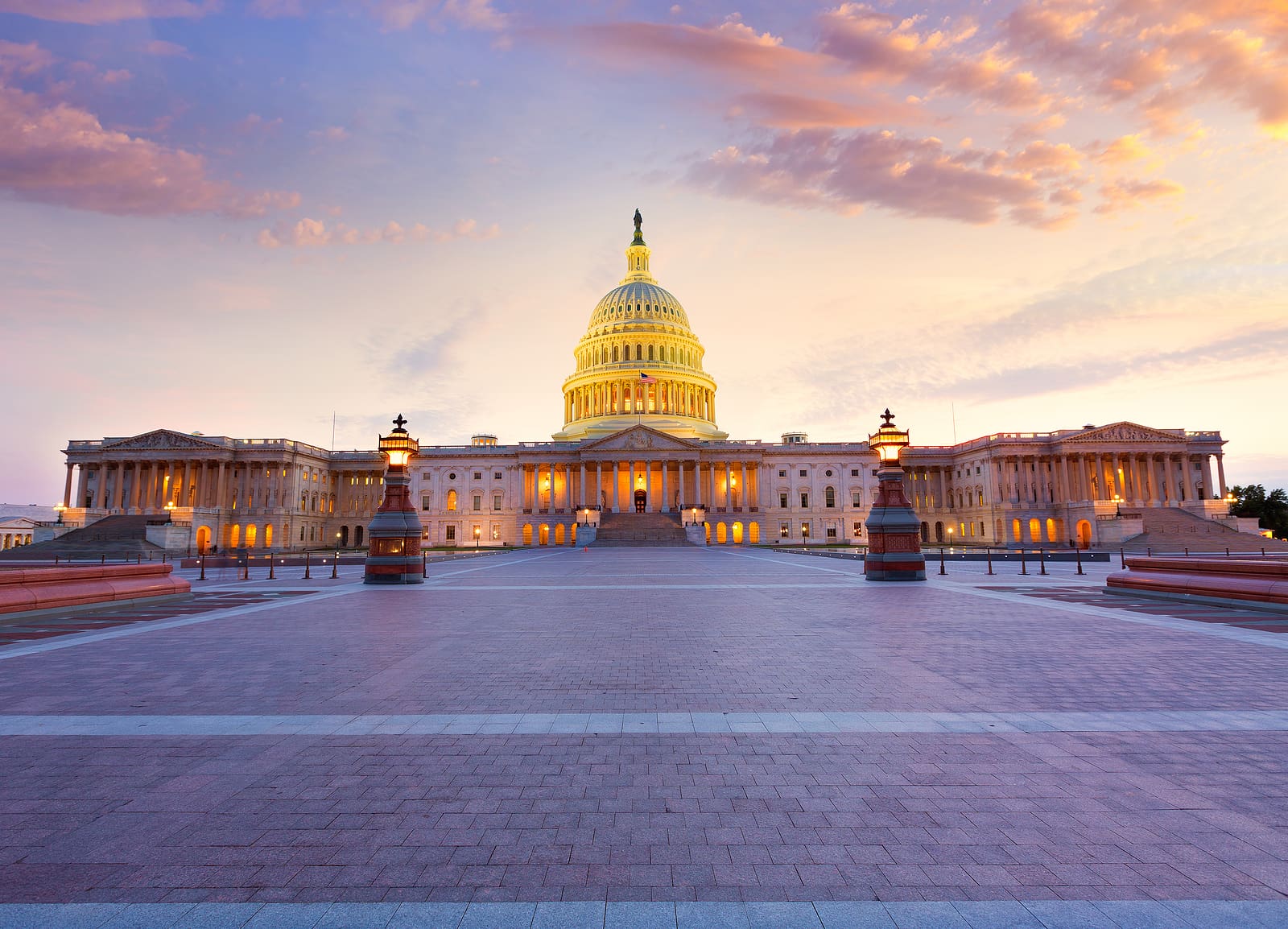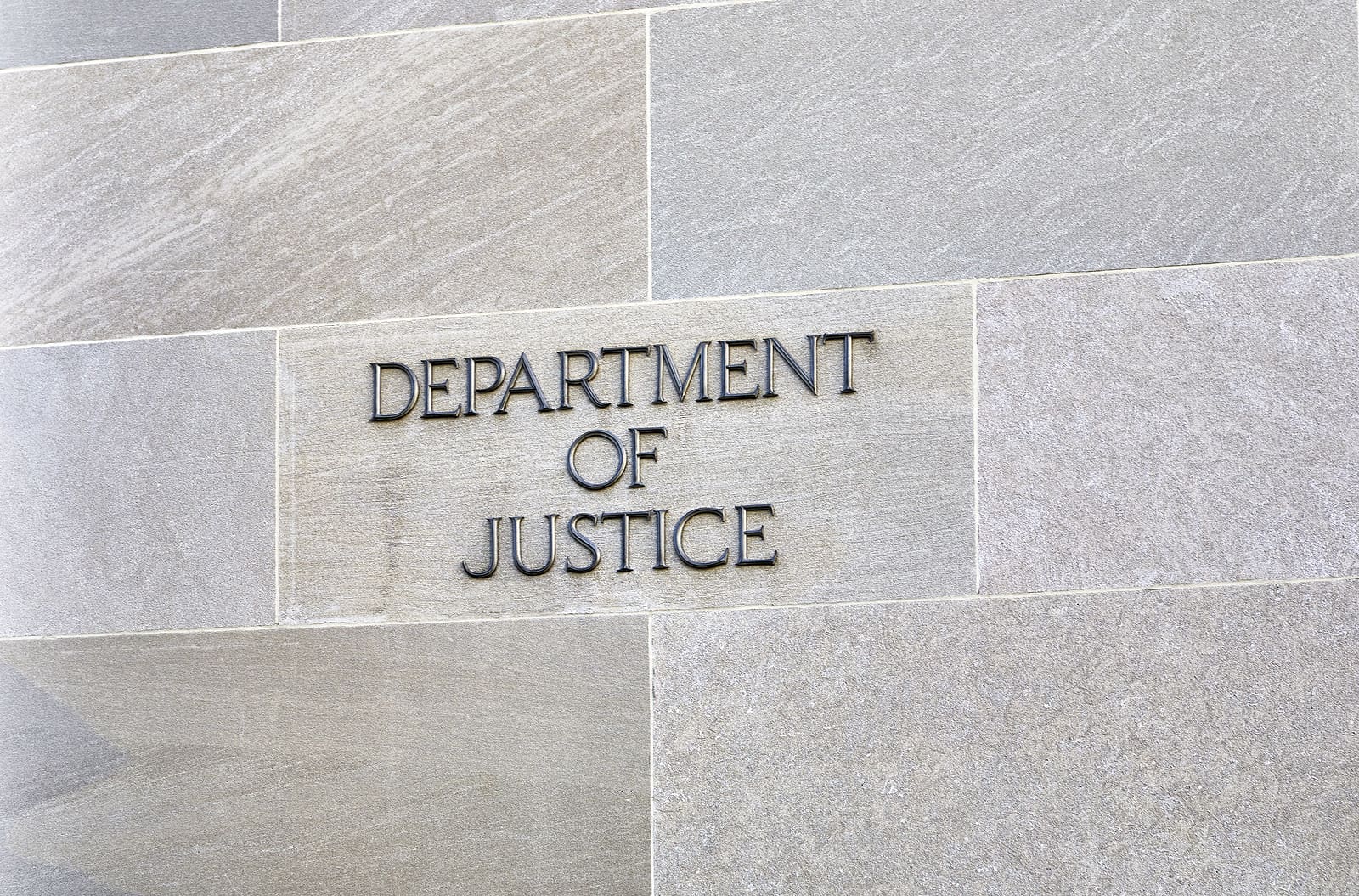The Nation’s Fiscal Health: Major Changes to Fiscal Policies Are Critical to Long-Term Fiscal Sustainability – In Other Words, Slow Down or Stop Spending
WASHINGTON, DC (STL.News) Warning the nation’s long-term fiscal health faces mounting challenges, the U.S. Government Accountability Office (GAO) issued its annual report on the nation’s fiscal future on February 15, 2024. The report describes the federal government’s unsustainable long-term fiscal path and calls on Congress to develop a plan to address the nation’s rapidly growing debt levels, review all current spending and revenue policies, and help pivot to a long-term sustainable fiscal path.
“Congress and the administration must act to move the nation of the untenable long-term fiscal course on which it is currently operating,” said Gene L. Dodaro, Comptroller General of the United States and head of the GAO.
“The federal debt level is growing at a rate that could threaten the vitality of our nation’s economy and the safety and well-being of the American people. Fiscal Policies are “Critical.”
Both spending and revenue issues need to be addressed as part of a comprehensive long-term plan.”
Large annual budget deficits drive debt growth as the government borrows to finance spending that exceeds revenue. This year’s report shows the federal budget deficit in fiscal year 2023 to be $1.7 trillion. This deficit is due to a $1 trillion gap between what the government collected and what it spent. It also reflects the $659 billion in interest paid on total federal debt—up from $352 billion just two years ago.
GAO’s projects that debt held by the public as a share of the economy will more than double over the next 30 years and will grow faster than the economy over the long term if current revenue and spending policies are not changed. This outlook is consistent with projections from the Congressional Budget Office, and the Office of Management and Budget, and the Department of the Treasury. Interest paid to service the total federal debt also grew this year and is expected to steadily increase. This will lead to higher borrowing costs as overall debt increases and interest rates rise.
This unsustainable long-term fiscal path poses serious economic, security, and social challenges if not addressed. Many of the negative effects of growing debt could intensify over time and create additional challenges for fiscal management. Risks to economic growth and lower investment in the private sector could lead to lower wages due to losses in productivity. And upward pressure on interest rates would make it more expensive for individuals to borrow money—for example, to purchase a car or home.
Again, Fiscal Policies are Critical
The sooner actions are taken to change the long-term fiscal path, the less drastic they will need to be. Congress and the administration will need to make difficult budgetary and policy decisions to develop a sustainable fiscal policy where the debt held by the public grows at the same—or slower—rate than the economy.
GAO has consistently urged Congress to develop responsible fiscal policies and plans to address the government’s fiscal condition and has identified several components of an effective fiscal plan. Elements of a plan could incorporate well-designed fiscal rules and targets to help manage debt; consider alternative approaches to the current debt limit; assess the drivers or the primary deficit, such as mandatory and discretionary spending and revenue; address financing gaps for Medicare and Social Security; and pursue opportunities to improve fiscal responsibility that do not require major changes to spending and revenue policies.
SOURCE: GAO – Fiscal Policies – released on February 15, 2024 – GAO also reported on February 16, 2024, that they could not comment on the reliability of the financial condition.





